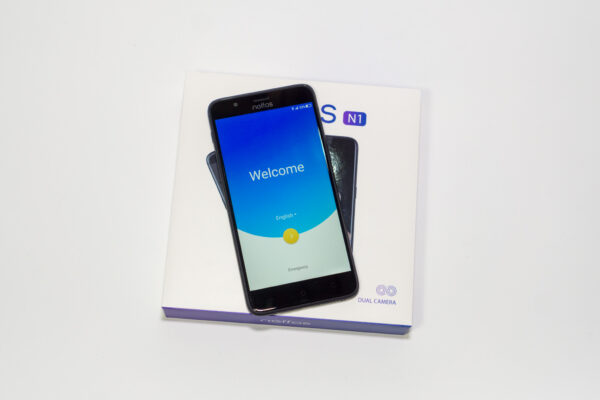
TP-Link, the company behind the Neffos brand, is more commonly associated with consumer networking gear. They have launched a series of entry-level and mid-tier Android smartphones under the Neffos brand since 2016. The new Neffos N1 is their latest Android flagship device which looks well-placed to challenge other premium smartphones, except in the price category.
A key feature of the Neffos N1 is its dual camera setup on the back, giving it the capability to take beautiful portrait shots. This smartphone isn’t just good for photographers, though, since its powerful octa-core processor should be up to task for other demanding workloads too. For a flagship smartphone, the Neffos N1 manages to remain very competitively priced.
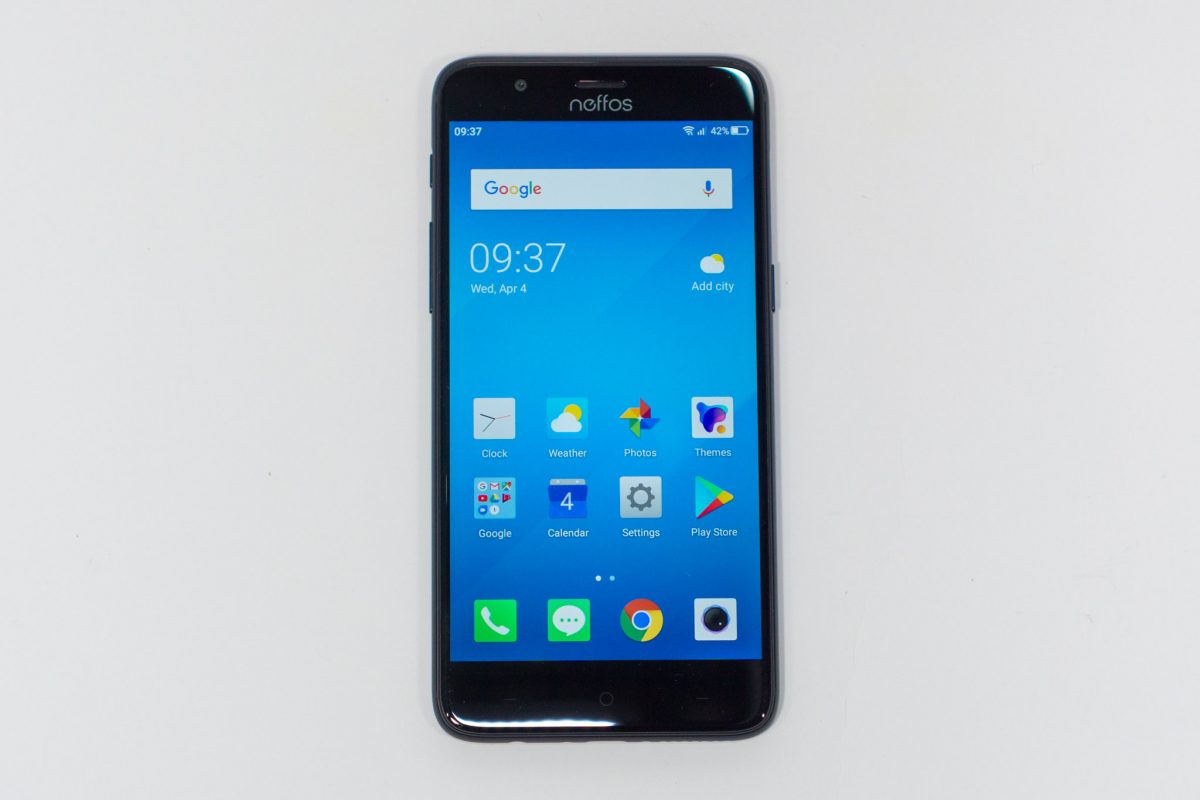
The Neffos N1 smartphone itself feels and looks premium. The design is modern and elegant, though I don’t like the Neffos branding emblazoned on the front. The all metal body is well built. It’s thin and light, measuring 154.4 x 76.1 x 7.5 mm and weighing 165 grams. The front is all Corning Gorilla Glass 3, and while there is very little bezel space on the side, but the bezels on the top and bottom are more substantial, about 1.3 mm and 1.5 mm respectively. The Neffos N1 needs the bottom bezel space anyway, since it uses capacitive navigation buttons.
The display is an IPS LCD panel measuring 5.5-inches across, with Full HD 1920 x 1080 resolution. The display quality is good, and colours are vibrant.
The front-facing camera located above the screen has 8 MP resolution. It supports HDR, beauty mode, and uses the front display as a flash
TP-Link has chosen to put the volume rocker on a different side from the power switch. The former is located on the left side of the device. Above the volume rocker, there’s a dedicated mute slider switch that will instantly activate vibrate-only mode. This is convenient for quickly silencing your phone if it rings during a meeting or other inopportune moments.
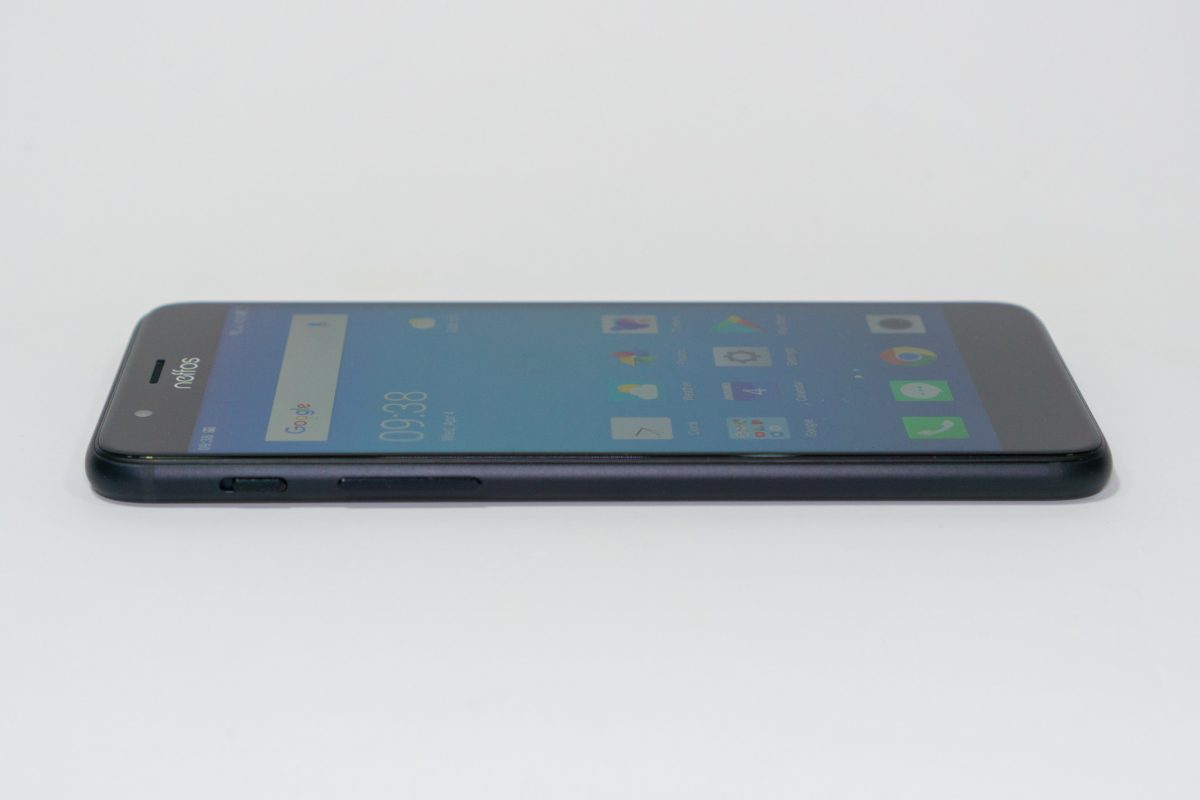
The power button is located on the right side, and above that, there’s the SIM tray which supports dual nano-SIMs. The second nano-SIM position can be used for a microSD card for more storage memory.

There’s nothing much on the top of the Neffos N1, save for just a solitary microphone hole.
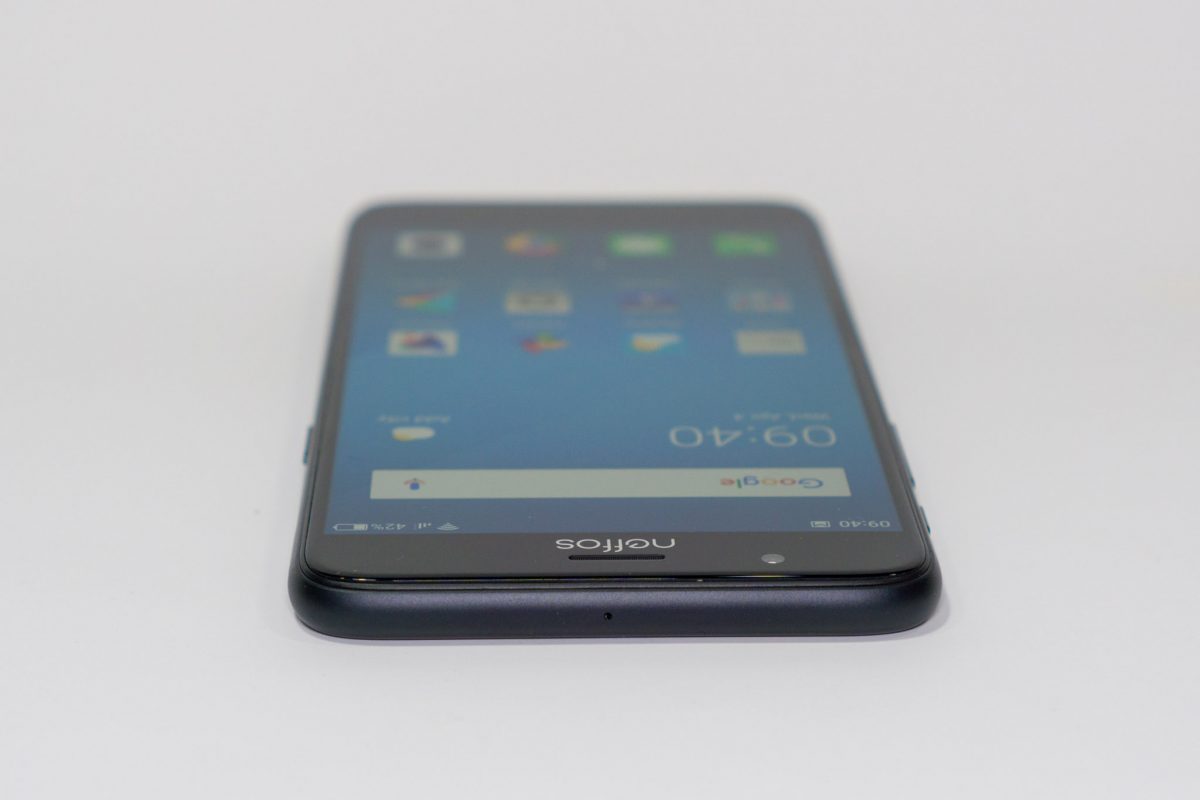
On the bottom, you’ll find the USB Type-C port used for charging, speaker grills, as well as the 3.5 mm headphone port.
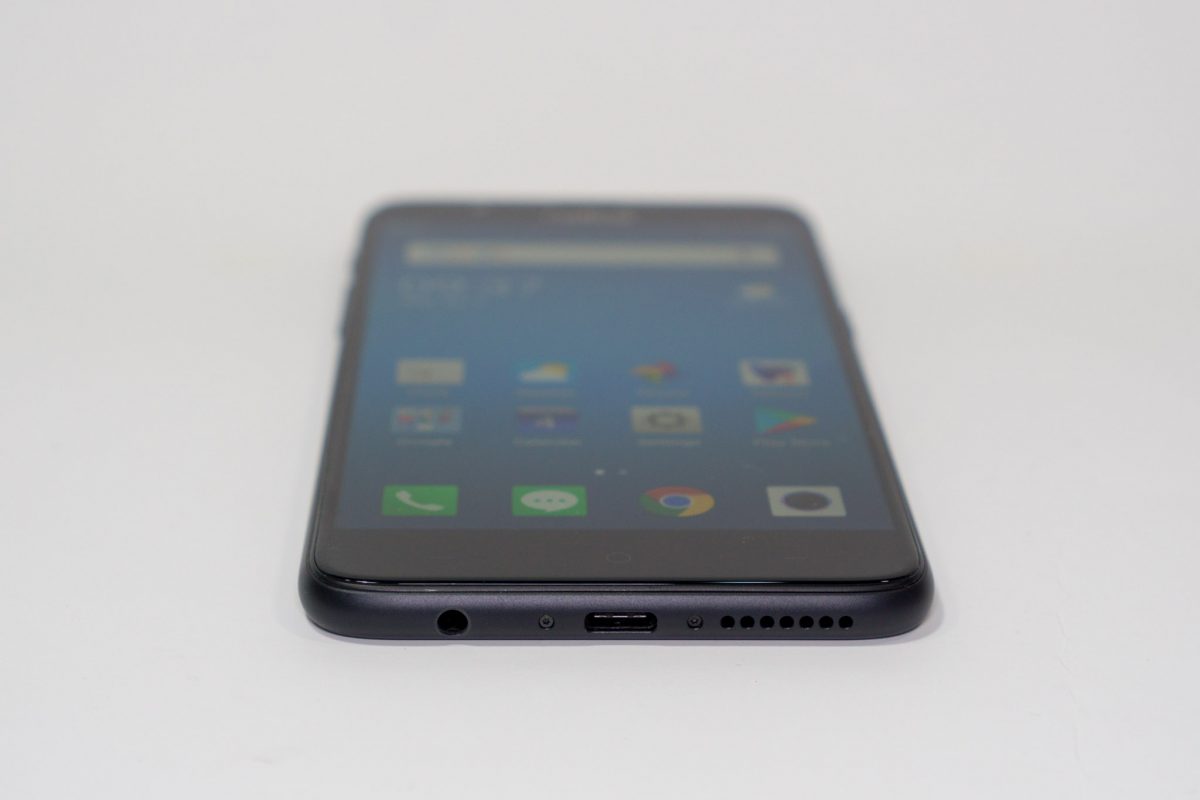
It’s just a minor point, but I do prefer to have the 3.5 mm port located on the bottom, so that the headphone cable can come straight out of my pocket when I put my smartphone in top-first.
On the back, there’s the centrally located fingerprint sensor. It’s not the fastest fingerprint sensor out there, but this one one the Neffos N1 is quick enough, and works well.
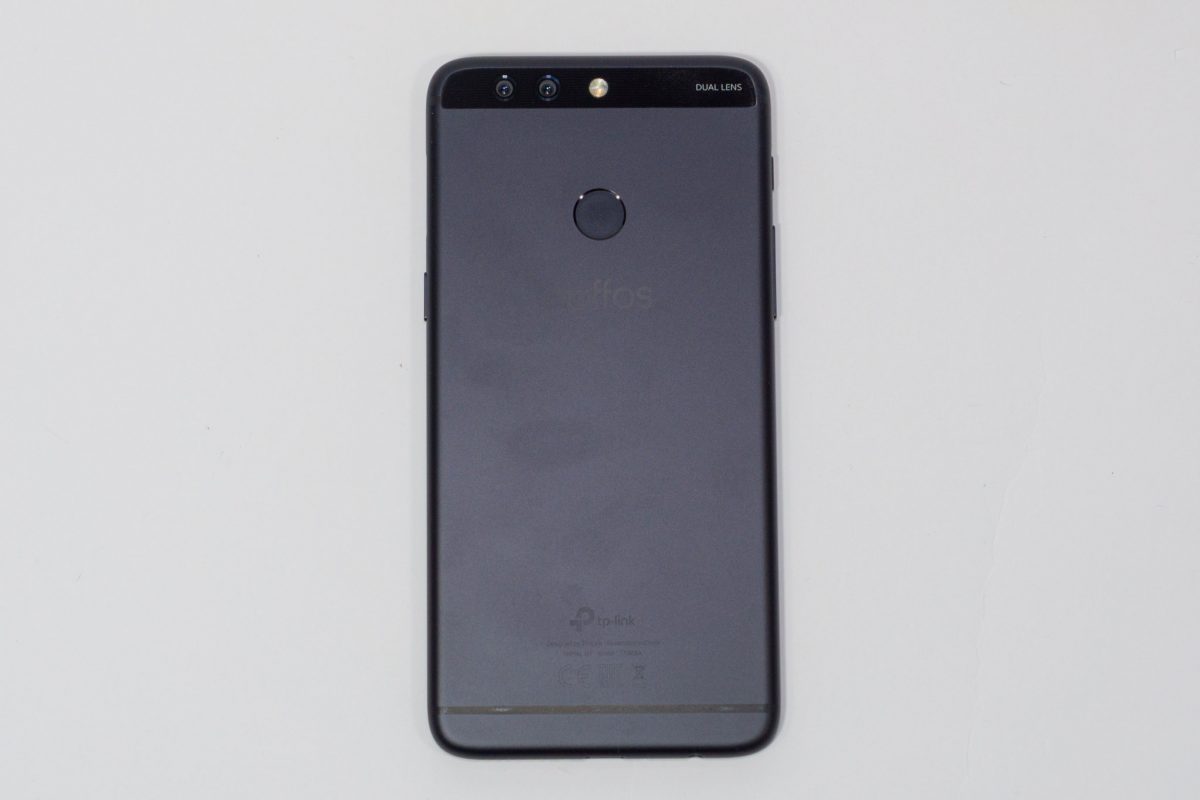
The most interesting feature on the back is, of course, that dual camera setup. Both camera sensors are 12 MP Sony Exmor IMX 386, though one is used to capture RGB colours, while the other is monochrome. The sensors have 1.25 µm pixel size. There is phase detection auto-focus, and electronic image stabilisation. The camera app supports several useful features like touch focus, face detection, smile detection, HDR, face beauty, voice capture, gesture shot, low light mode and bokeh mode. The camera app also supports manual mode, great for those who want full exposure control of their shots.
Photos taken by the main camera in outdoor conditions with good light are mostly great. Images are sharp. The bokeh works correctly, and you can get good portraits. The camera doesn’t handle indoor situations as well.
As for the front-facing selfie camera, let’s hope you’re not much of a selfie person. The camera works, but photos tend to come out a little noisy.
Here are some photo samples, resized for web viewing, but should give a good idea of the Neffos N1’s capabilities.

The above is taken with the Neffos N1, and for comparison, the next one below taken with a Google Pixel 2 XL.

The next photo below is a sample of the HDR capability of the Neffos N1.

Under the hood, the Neffos N1 is powered by a MediaTek Helio P25 octa-core processor clocked at 1.6/2.6 GHz. There is 4 GB of RAM, and 64 GB of eMMC 5.1 NAND flash storage. The storage can be expanded with microSD card used in place of the 2nd nano-SIM.
The smartphone supports Bluetooth 4.1 with A2DP, 802.11 a/b/g/n Wi-Fi, and positioning with GPS/A-GPS and GLONASS. Cellular connectivity support extends up to LTE Cat4 (150 Mbps DL, 50 Mbps UL).
The 3,260 mAh battery easily lasts all day.
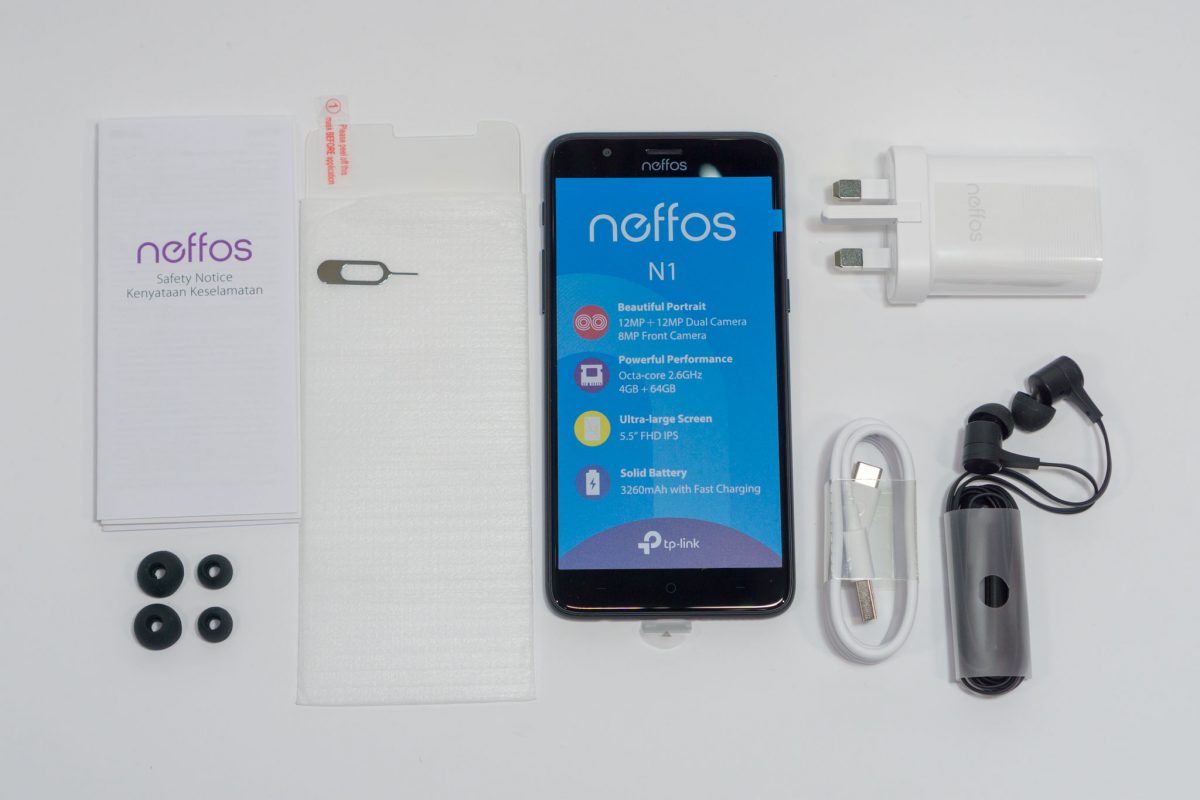
The Neffos N1 comes with a USB Type-C charging cable, charger, in-ear style headphones with extra silicone sleeves, a SIM eject tool, and a nice tempered glass screen protector.
For the performance, features, and specifications of the Neffos N1, I’m pleasantly surprised it is priced extremely affordably. It retails at S$368, and is available from Challenger (Bugis Flagship store, Jurong Point, JEM, NEX, Vivocity, Tampines 1) and Best Denki (Bedok Mall, Great World City, IMM, Ngee Ann City, Vivo City, Waterway Point).
Conclusion
With a dual sensor rear camera setup, TP-Link’s flagship Neffos N1 Android smartphone offers a lot for a very budget-friendly price.
Pros:
- Modern, stylish, design
- Thin and light
- Dual camera setup captures great photos in most conditions
Cons:
- Full HD display
- Front-facing camera is unimpressive
very objective appraisal. I like its fast-charging.
It’s so durable, didnt expect for tis price. Overall very good.